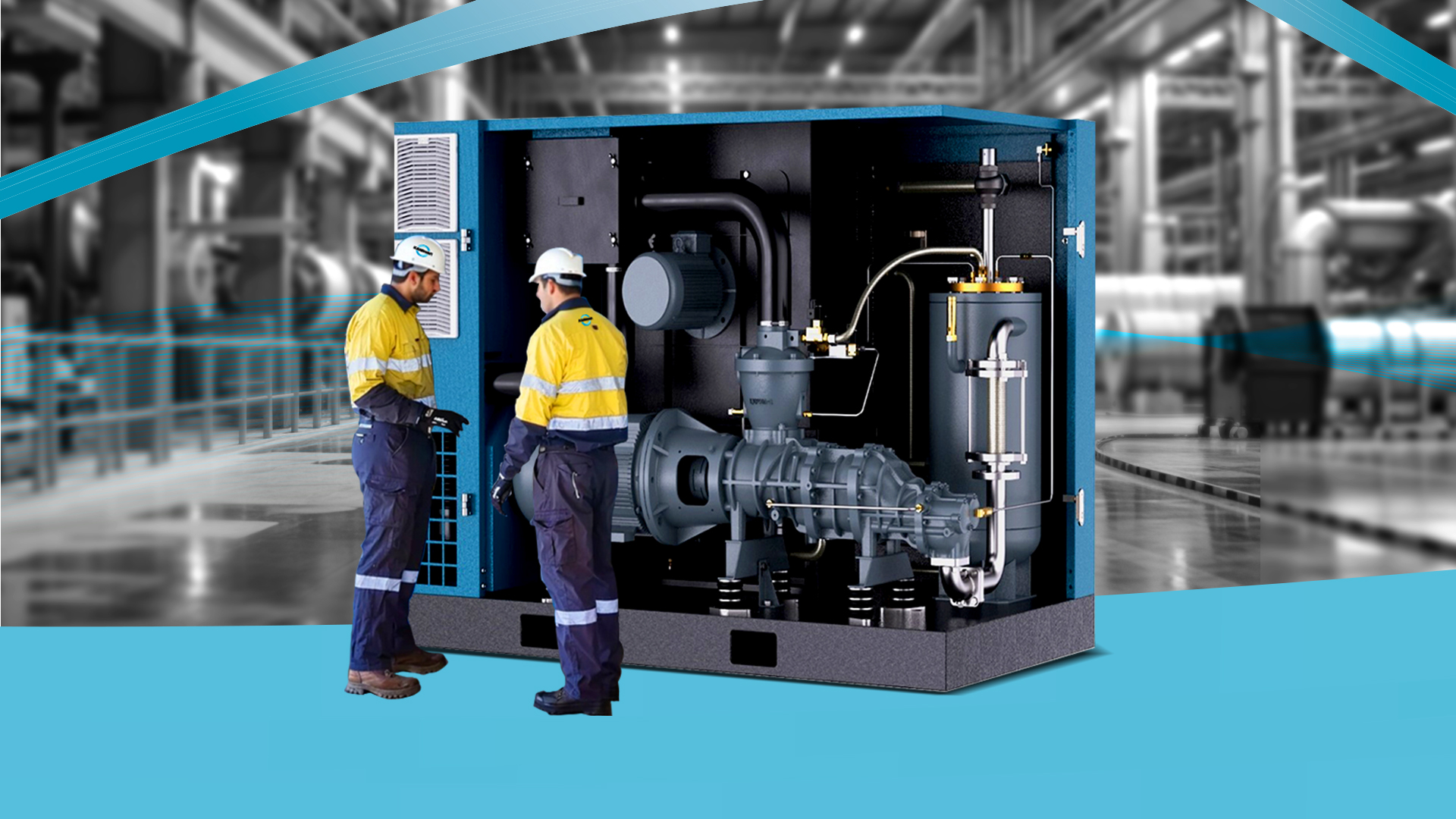Welcome to kaishanindia
18 Essential Checks for Air Compressor Installation
Installing an air compressor is a crucial step in ensuring long-term efficiency, reliability, and safety in your operations. Whether you're setting up a new system or upgrading an existing one, a well-planned installation minimizes downtime and maximizes performance. At Kaishan, we emphasize precision at every stage of the process. Here's a comprehensive 18-point checklist to ensure a smooth and efficient installation.

Before Installation: Setting the Foundation
1. Choose the Right Location – Ensure proper ventilation, accessibility, and environmental conditions for peak efficiency.
2. Check Power Supply Requirements – Verify voltage, phase, and power capacity to match compressor specifications.
3. Inspect Site Conditions – Look for excessive dust, humidity, or temperature extremes that could affect performance.
4. Plan for Sufficient Space – Allow room for maintenance, airflow, and future expansions.
5. Confirm Load Requirements – Assess air demand and pressure needs to avoid underperformance or energy waste.
6. Ensure Proper Flooring & Support – Place the compressor on a stable, vibration-free surface to reduce wear and tear.
During Installation: Ensuring a Secure Setup
1. Secure the Unit Properly – Follow manufacturer guidelines to mount or position the compressor correctly.
2. Install Piping & Connections – Use high-quality pipes, fittings, and hoses for leak-free operation.
3. Check for Proper Ventilation – Ensure adequate airflow around the compressor to prevent overheating.
4. Verify Drainage System – Install appropriate drains to remove condensate and maintain air purity.
5. Inspect Safety Features – Confirm emergency shut-off valves and safety systems are in place and functional.
6. Calibrate Pressure Settings – Adjust pressure regulators according to system requirements.
After Installation: Testing & Optimization
1. Conduct Leak Tests – Check all fittings and connections for air leaks to prevent efficiency losses.
2. Monitor Initial Run – Start the compressor and observe for unusual noises, vibrations, or fluctuations.
3. Verify Lubrication & Cooling Systems – Ensure oil levels, coolant circulation, and fan operations are optimal.
4. Check Air Quality – Test for contaminants and moisture to prevent damage to pneumatic tools and equipment.
5. Review System Efficiency – Compare actual performance against expected metrics.
6. Train Your Team – Educate operators on safe usage, maintenance, and troubleshooting procedures.
At Kaishan, we deliver more than just air compressors—we provide reliable, high-performance solutions designed for longevity and efficiency. Our expert team is here to support you at every step, ensuring seamless installation, optimized performance, and long-term savings.

